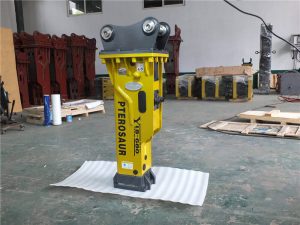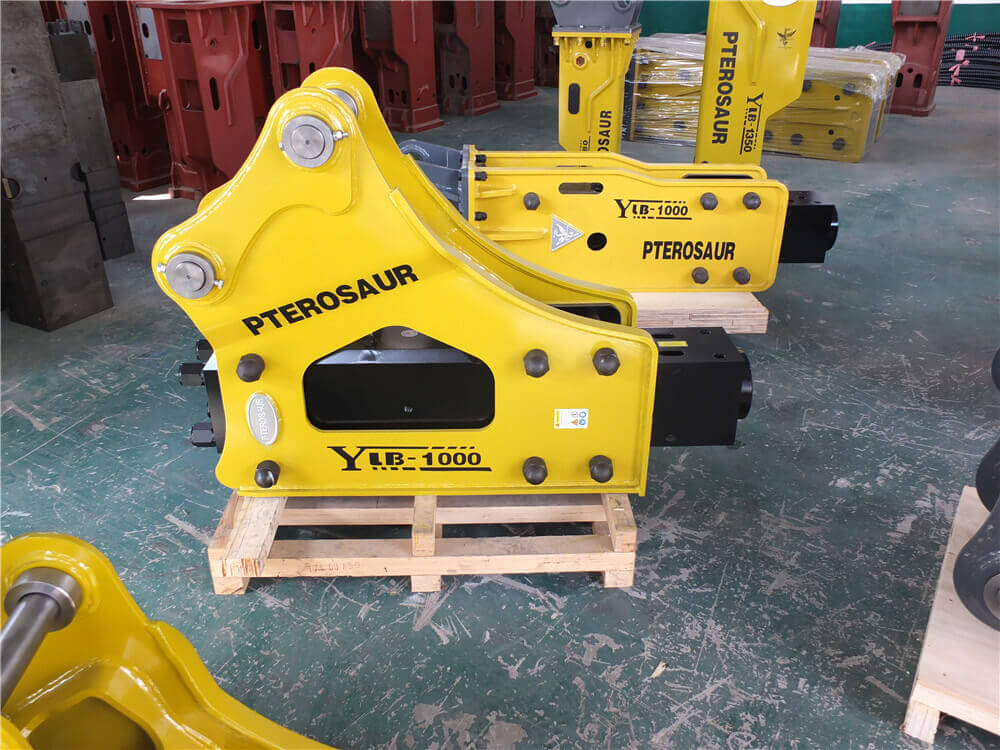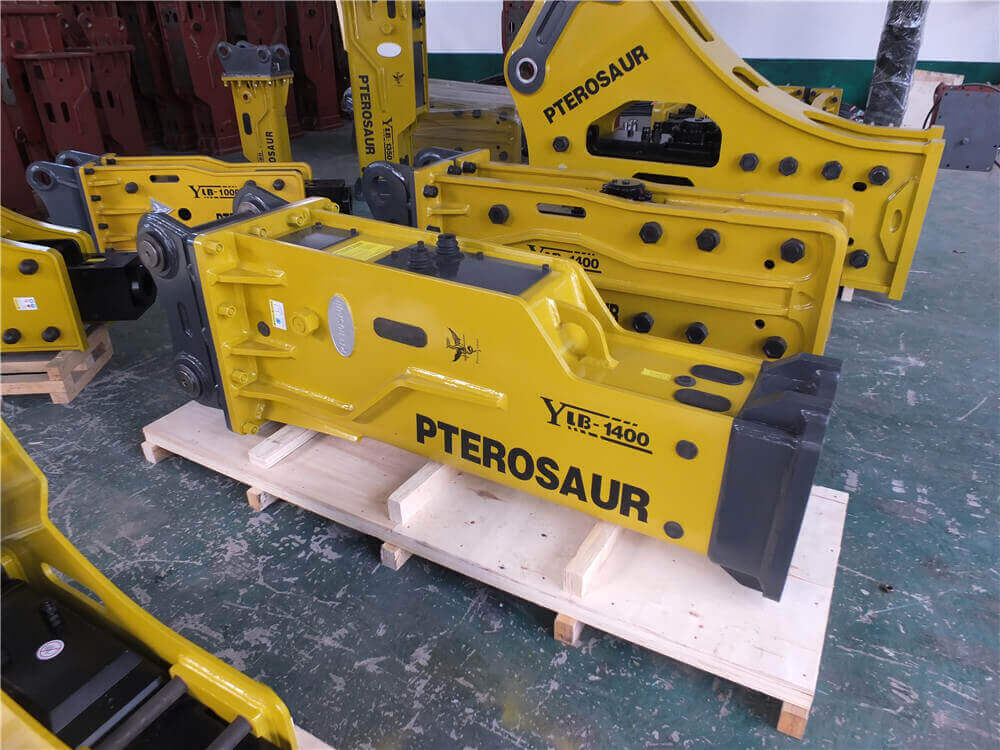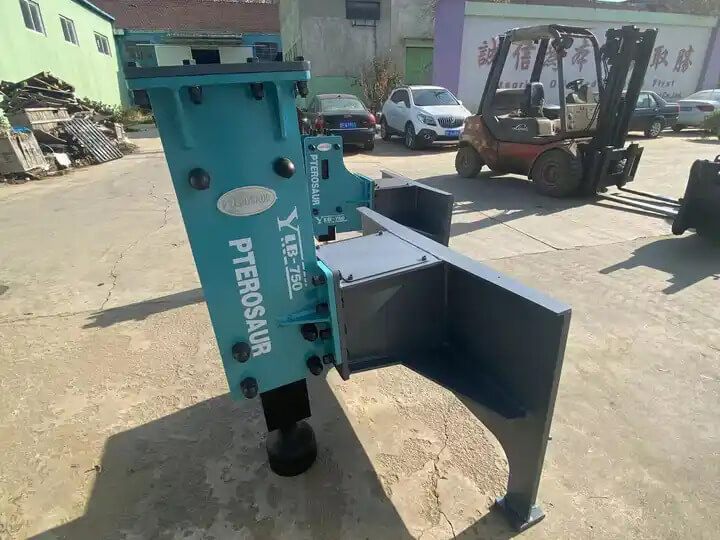The Ultimate Guide to Excavator Breaker Attachments
Excavators are versatile machines widely used in construction, demolition, and excavation projects. One of the most valuable attachments for an excavator is the hydraulic breaker, often referred to as a jackhammer or hydraulic hammer. This powerful tool allows operators to efficiently break up hard materials such as concrete, rock, and asphalt. In this article, we will explore the different aspects of excavator breaker attachments, including their features, benefits, and how to choose the right one for your needs.
What is a Hydraulic Breaker?
A hydraulic breaker is a percussion hammer that is fitted to an excavator. It operates using hydraulic power, delivering powerful impacts to break up solid structures efficiently. Hydraulic breakers are essential for operations that require the demolition of hard materials, making them a staple in construction and heavy machinery industries.
Key Features of Hydraulic Breakers
-
Compatibility: Hydraulic breakers are designed to work with various excavator models, from mini excavators weighing 1 ton to larger machines up to 100 tons. It is crucial to ensure that the breaker is compatible with your excavator’s hydraulic system for optimal performance.
-
Power and Efficiency: Modern hydraulic breakers are engineered for maximum efficiency, delivering consistent power and performance with each strike. Many models allow for adjustable impact rates, enabling operators to tailor their approach to the specific material being broken.
-
Durability: High-quality hydraulic breakers are built to withstand the rigors of heavy-duty work. Durable materials and robust engineering ensure a long lifespan, minimizing downtime and maintenance costs.
Choosing the Right Breaker Attachment
When selecting a hydraulic breaker attachment for your excavator, consider the following factors:
-
Excavator Weight: Match the breaker size to your excavator’s weight class. For instance, lighter breakers are suitable for mini excavators, while heavier models are designed for larger machines.
-
Operating Pressure and Oil Flow: Each hydraulic breaker requires a certain operating pressure and oil flow rate. Ensure your excavator can meet these requirements to achieve optimal performance.
-
Material Type: Different breakers are designed for various types of materials. If your primary task involves breaking concrete, choose a breaker specifically designed for that purpose.
-
Project Requirements: Assess the scale of your project. For larger demolition tasks, a more powerful hydraulic breaker may be necessary.
Installation and Use
Installing a hydraulic breaker attachment on your excavator is a straightforward process. Most breakers come with detailed instructions, but here are some general steps:
-
Ensure Safety: Before installation, make sure the excavator is turned off and the hydraulic system is depressurized.
-
Attach the Breaker: Use the appropriate mounting hardware to secure the breaker to the excavator. Ensure all connections are tight and secure.
-
Connect the Hydraulic Lines: Attach the hydraulic lines from the excavator to the breaker, ensuring a proper seal to prevent leaks.
-
Test the System: Once installed, start the excavator and test the breaker’s operation. Adjust settings as necessary to match the job requirements.
Leading Brands and Manufacturers
Several manufacturers are known for producing high-quality hydraulic breakers. Brands such as Epiroc, Yuchai, JCB, and Volvo offer a range of products designed for various excavator sizes and applications. When investing in a breaker attachment, consider reputable manufacturers that provide warranties and customer support.
Conclusion
Hydraulic breakers are essential tools for anyone utilizing excavators for demolition or excavation work. Their efficiency, power, and versatility make them a must-have attachment in the construction industry. By understanding the features and selection criteria, operators can choose the right breaker to enhance their excavator’s capabilities and tackle any project with confidence. Whether you are breaking concrete, rock, or asphalt, the right hydraulic breaker will make your job easier and more efficient.



































